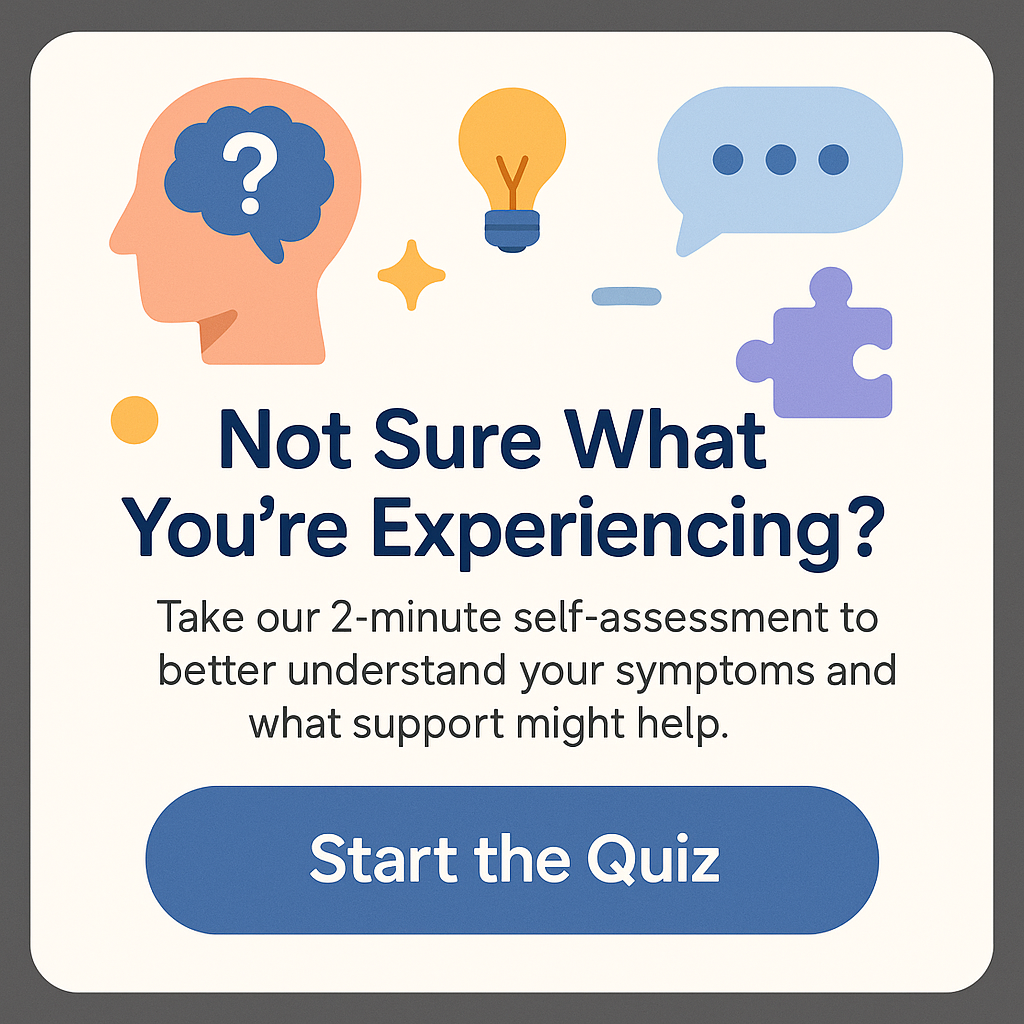What is the Hardest Age with an Autistic Child?
Understanding what is the hardest age with an autistic child can shape the way we approach parenting. This article digs deep into the challenges faced, offering practical strategies and insights. Autism Spectrum Disorder (ASD) is recognized for its broad range of symptoms and effects. Each child can exhibit unique challenges at different stages of development. Many parents often find themselves grappling with struggles, such as communication difficulties or behavioral issues at certain ages. So, what age is the hardest, and why? This exploration aims to guide you through the intricacies of raising an autistic child, shedding light on common experiences shared by parents. Join us as we navigate this journey together and equip ourselves with knowledge to tackle age-specific challenges. By the end of this article, you’ll have a clearer understanding of how to support your child and yourself through every stage of growth.
Understanding Developmental Milestones
When discussing what is the hardest age with an autistic child, we must first understand the importance of developmental milestones. Developmental milestones are the skills children typically acquire at certain ages that signal their growth in physical, emotional, cognitive, and social domains. For kids on the autism spectrum, these milestones may vary dramatically, adding layers of complexity to parenting.
The early childhood years, particularly ages 2 to 4, can be particularly challenging for both parents and children. This age range is vital for communication development and social interaction skills. For children with autism, these skills might not develop as anticipated, leading to frustration for both parties. Parents may encounter meltdowns or behavioral outbursts due to communication breakdowns, highlighting a need for patience and understanding.
As children progress through ages 5 to 7, the elementary school years can present new challenges. Academic expectations rise, and peers become more influential. If a child struggles with social cues or communication, they might find themselves on the periphery of social groups. This age is crucial for developing friendships, making the lack of connection particularly distressing. Parents may find themselves evaluating whether their child’s school environment is supportive enough to cater to their needs.
Transitioning to the pre-adolescent stage, ages 8 to 12, can also raise significant hurdles. At this stage, the social landscape becomes more complex, and children often face increasing peer pressure. Autistic children may find it arduous to navigate these shifting dynamics, leading to feelings of isolation and failure. Furthermore, it may also be a time when children begin questioning their differences, prompting a new and sometimes difficult realm of self-awareness for parents to discuss with their child.
In understanding developmental milestones, it becomes clear that recognizing when difficulties arise can help frame what is the hardest age with an autistic child? Fostering open communication about their feelings, challenges, and experiences can aid both children and parents in adjusting expectations and finding solutions together.
The Teenage Years: A New Set of Challenges
For many parents, the teenage years become synonymous with emotional rollercoasters, independence, and identity exploration. This is even more pronounced when considering what is the hardest age with an autistic child. Adolescence is a time for experimentation, socializing, and forming a sense of self that is uniquely challenging for children on the spectrum.
For the autistic teen, navigating hormones, peer dynamics, and a rapidly changing social landscape can be overwhelming. They might experience heightened anxiety due to the expectation of fitting in, leading to various behavioral issues or mental health challenges. The emotional highs and lows can be turbulent, not only for them but also for their families. Addressing challenges with reassurance and patience becomes essential during this tumultuous period.
Education also presents its own series of challenges as children transition into high school. Academic pressures can intensify frustration if the child struggles to keep up. Parents sometimes notice a significant disparity between their child’s potential and their academic performance. Additionally, the increasing demand for abstract thinking and independent learning can exacerbate feelings of inadequacy among autistic teens. Providing educational accommodations, such as additional support or modified curriculum, can be beneficial during this stage.
Furthermore, as children reach adolescence, conversations about relationships, intimacy, and future goals become increasingly relevant. The shift from childhood to young adulthood can be daunting, and parents should foster an open dialogue. This becomes critical in helping them understand social relationship boundaries while supporting their self-exploration. When engaging with their children on these topics, it’s essential for parents to use clear, simple language, breaking down concepts in a way that eases understanding.
Engagement in therapies tailored to teenagers can also significantly assist in bridging the gaps that often arise during this stage. Group therapies focusing on social skills and self-regulation can promote connection, paving the way for supportive friendships. Through practical skills training and emotional support, teenagers can carve out identities that reflect their true selves.
The Long-Term Perspective: What Lies Ahead
Revisiting the original question of what is the hardest age with an autistic child? It’s essential to also consider the lifelong implications of autism. While certain phases like toddlerhood, childhood, and adolescence carry their unique challenges, parents may discover that the transition to adulthood brings its own set of difficulties. Autistic children are often faced with uncertainty about their futures as they age. Will they attend college? Will they secure employment? How will they manage day-to-day life independently?
Communicating thoughts about these adult milestones early can set the groundwork for positive transitions. Setting objectives for independent living skills, social engagement, and vocational pursuits can ease the transition into young adulthood. Encouraging participation in life skills training or community programs geared toward autistic young adults could offer practical support.
Additionally, parents should be advocated for their children in educational and occupational settings. Understanding their rights and the support available, from disability services to vocational training, can help maintain stability in their child’s life. Partnerships with local organizations can provide a community of support, fostering an environment that uplifts those unique journeys.
Ultimately, what is the hardest age with an autistic child? While there isn’t a one-size-fits-all answer, navigating the complexities of each stage will build resilience for both the child and the parent. Maintaining a long-term perspective allows families to celebrate milestones while preparing for future opportunities.
Conclusion
Understanding what is the hardest age with an autistic child provides valuable insight into the unique challenges encountered at various stages of development. Whether they are grappling with communication hurdles in early childhood or navigating identity formation during adolescence, each age holds its population-based concerns and triumphs. By acknowledging these stages and adapting support structures, parents can create nurturing environments that foster growth and development.
Every child on the autism spectrum is unique, navigating their individual challenges and strengths. Staying engaged, informed, and adaptable through every age and stage will not only ease transitions but will empower both the child and parent on their shared journey. It’s essential to celebrate the small victories during these trying times, reminding ourselves that parenting is a marathon, not a sprint.
FAQs
1. What is autism spectrum disorder?
Autism Spectrum Disorder (ASD) is a complex developmental disorder characterized by challenges in social interaction, communication, and patterns of behavior. It manifests in various ways and affects each person differently.
2. At what age are signs of autism typically noticed?
Signs of autism are often visible before the age of 3. Parents may notice delays in speech, social skills, or repetitive behaviors. However, every child is unique, and signs can vary widely.
3. How can I support my autistic child in school?
Engaging with teachers to discuss your child’s needs is key. Implementing an Individualized Education Plan (IEP) tailored to your child’s requirements can significantly enhance their educational experience.
4. What therapies can help my child with autism?
Therapies such as Applied Behavior Analysis (ABA), speech therapy, and occupational therapy can provide vital support. Finding the right combination will depend on your child’s specific needs.
5. How can I connect with other parents of autistic children?
Joining local support groups or online communities can offer camaraderie and sharing of experiences, providing emotional support and practical advice from those navigating similar journeys.
Is Autism a Disability? Understanding the Spectrum
Could I Be Autistic and Not Know It? Understanding Hidden Autism
How Do I Tell If I’m Autistic? Understanding the Signs and Next Steps







